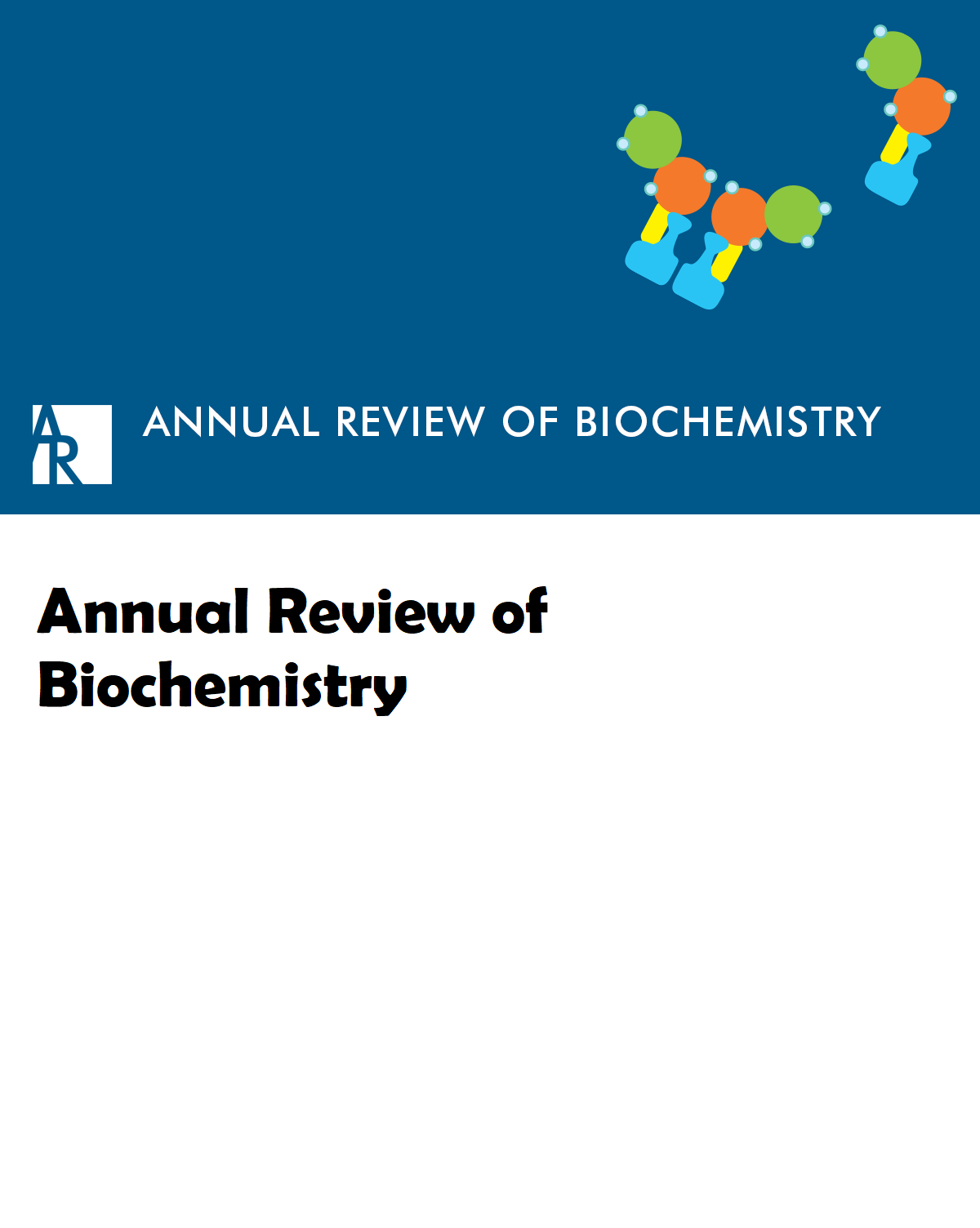淀粉样蛋白的分子水平结构研究。
IF 12.1
1区 生物学
Q1 BIOCHEMISTRY & MOLECULAR BIOLOGY
引用次数: 361
摘要
已知有数十种蛋白质转化为聚集的淀粉样蛋白状态。这些包括与系统性和神经变性疾病和癌症相关的原纤维,微生物和动物中的功能性淀粉样蛋白原纤维,以及许多变性蛋白质。淀粉样原纤维可以比其他蛋白质组装体更稳定。与球状蛋白相比,单个蛋白质序列可以聚集成几个明显不同的淀粉样蛋白结构,称为多晶型,并且给定的多晶型可以通过接种繁殖。淀粉样多晶型可能是朊病毒菌株的分子基础。尽管蛋白质数据库包含约100000个球状蛋白和3000个膜蛋白结构,但只有几十个淀粉样蛋白结构被确定,其中大多数是完整淀粉样蛋白形成蛋白的短片段。无论如何,这些淀粉样蛋白结构阐明了淀粉样蛋白状态的结构,包括其稳定性和形成多晶型的能力。本文章由计算机程序翻译,如有差异,请以英文原文为准。
Structural Studies of Amyloid Proteins at the Molecular Level.
Dozens of proteins are known to convert to the aggregated amyloid state. These include fibrils associated with systemic and neurodegenerative diseases and cancer, functional amyloid fibrils in microorganisms and animals, and many denatured proteins. Amyloid fibrils can be much more stable than other protein assemblies. In contrast to globular proteins, a single protein sequence can aggregate into several distinctly different amyloid structures, termed polymorphs, and a given polymorph can reproduce itself by seeding. Amyloid polymorphs may be the molecular basis of prion strains. Whereas the Protein Data Bank contains some 100,000 globular protein and 3,000 membrane protein structures, only a few dozen amyloid protein structures have been determined, and most of these are short segments of full amyloid-forming proteins. Regardless, these amyloid structures illuminate the architecture of the amyloid state, including its stability and its capacity for formation of polymorphs.
求助全文
通过发布文献求助,成功后即可免费获取论文全文。
去求助
来源期刊

Annual review of biochemistry
生物-生化与分子生物学
CiteScore
33.90
自引率
0.00%
发文量
31
期刊介绍:
The Annual Review of Biochemistry, in publication since 1932, sets the standard for review articles in biological chemistry and molecular biology. Since its inception, these volumes have served as an indispensable resource for both the practicing biochemist and students of biochemistry.
 求助内容:
求助内容: 应助结果提醒方式:
应助结果提醒方式:


